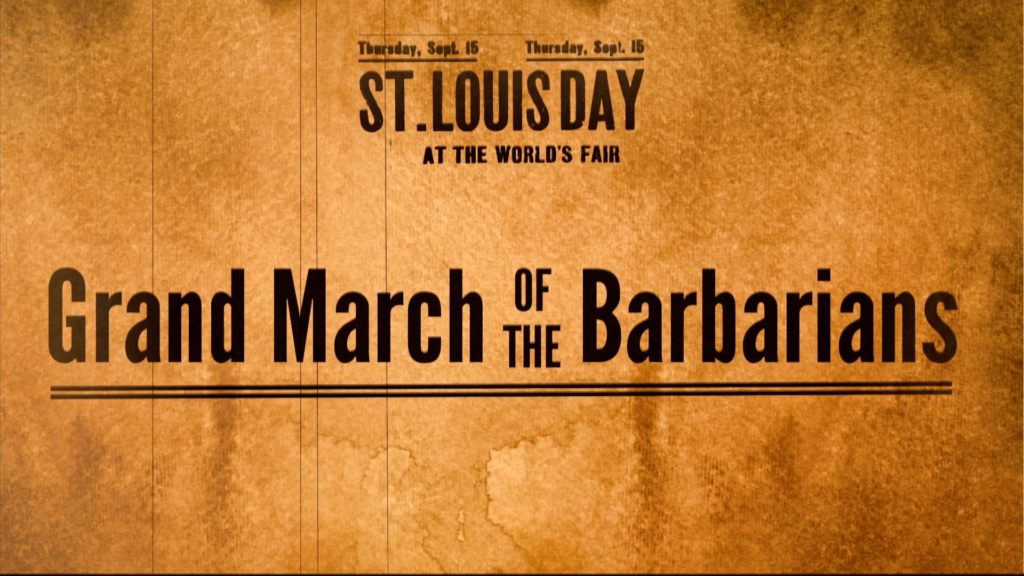
Anthropological Displays
Anthropologist William McGee was a leading American scientist in the early 1900s. As head of the Anthropology Department at the St. Louis World’s Fair, he was determined to showcase indigenous peoples at the Fair to dramatize for the public the different stages of human evolution—beginning with races he considered lowest on the evolutionary scale. McGee arranged for native peoples to be put on display in “villages” designed to recreate their native habitats. These villages were enclosed by fences—making them truly seem like human zoos. More than 4 million fair-goers reportedly visited these anthropological displays, eagerly staring at and poking at the indigenous peoples in their enclosures. Adding to the indignities, native peoples were pressured to participate in a series of athletic contests designed to show they were biologically inferior to whites. Those on display were also subjected to experiments in a special laboratory set up by the Fair’s Anthropology Department. Directed by a psychology professor from Columbia University, the lab conducted tests to measure native people’s intelligence and physical features, and even their threshold for pain.
Native peoples were brought to the St. Louis exposition from the far corners of the globe. From Japan came representatives of the Ainu people. Patagonians came from South America. Igorotes and Negritos came from the Phillipines. Both were thought by scientists of the time to be near the bottom of the evolutionary ladder for humans. The Negritos were even marketed at the Fair as another “missing link” between humans and apes. But perhaps the most exotic people group brought to St. Louis for public display were Pygmies from the African Congo.
For more information:
Anthropology Goes to the Fair: The 1904 Louisiana Purchase Exposition (Book)
“Olympic-Sized Racism” (Article/Slate)
